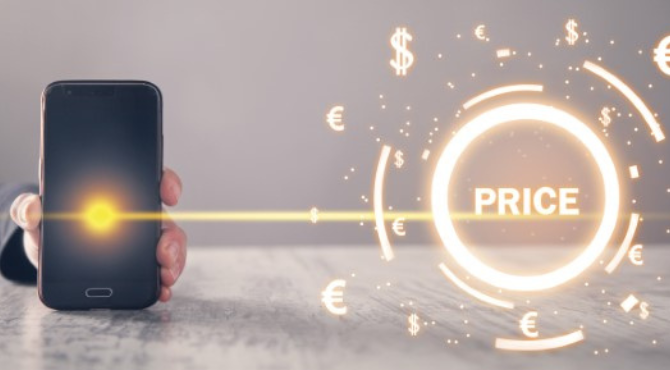Dynamic pricing, the practice of adjusting prices in response to changing market conditions and consumer behavior, has been around for decades, particularly in the business-to-customer (B2C) online retail sector. However, as practices in the business-to-business (B2B) sector begin to mirror those of B2C (with a younger tech savvy generation of B2B pricing and sales managers taking hold, grown up with technology and online shopping as the norm), dynamic pricing in B2B is continuing to gain widespread acceptance.
For example, a manufacturer may have a static pricing model that does not account for market fluctuations or individual customer demand.
Let’s consider a manufacturer of electronic gadgets, such as smartphones or tablets. They may use a static pricing model that sets a fixed price for each product based on its features and production costs. However, the demand for these gadgets fluctuates depending on various factors, such as new product releases, technological advancements, and consumer preferences. The static pricing model does not account for these fluctuations and may result in the manufacturer losing potential profits, margins, and revenue.
For instance, suppose the manufacturer releases a new smartphone model with innovative features that attract significant attention from customers. The demand for the new product may increase, and customers may be willing to pay a higher price for it. However, the static pricing model does not consider this demand, and the manufacturer sets the same fixed price as the previous models. Consequently, the manufacturer may miss out on potential profits and revenue that could have been generated by adjusting the price based on the demand.
Moreover, individual customer demand may vary based on factors such as their location, age group, and personal preferences. The static pricing model does not consider these variations and may result in the manufacturer losing potential profits and margins. For instance, suppose the manufacturer sells their products in different regions or countries. In that case, the demand and purchasing power of customers in each location may differ significantly. The static pricing model may result in the manufacturer setting the same price for all regions, leading to lower sales and missed revenue opportunities.
However, with dynamic pricing, they can offer discounted pricing during periods of low demand (to cut warehousing costs), or for customers who have consistent and long-term demand. This helps to ensure that they are still able to generate revenue during slow periods, while also building customer loyalty and long-term partnerships.
At Pricefx, for more than a decade, we assisted hundreds of clients across the globe to build profitability and streamline efficiencies in their businesses with automated pricing software solutions. Part of that process has been to work together with those organizations to assess methods and strategies to implement the correct pricing strategy that best fits their business objectives and provide the technological agility to adjust those strategies on the fly as required.
In this article, after defining dynamic pricing in slightly greater depth, we will explore several successful examples of dynamic pricing in B2B and how they have helped businesses increase profits and revenue, improve efficiency, and gain a competitive advantage.
What is Dynamic Pricing?
Dynamic pricing is a pricing strategy that involves adjusting prices in real-time based on changing market conditions, consumer demand, and other external factors. This approach to pricing has gained widespread acceptance in the business world, particularly in the wake of technological advancements and the rise of online shopping.
One of the most well-known examples of dynamic pricing comes from Uber, the ride-sharing service.
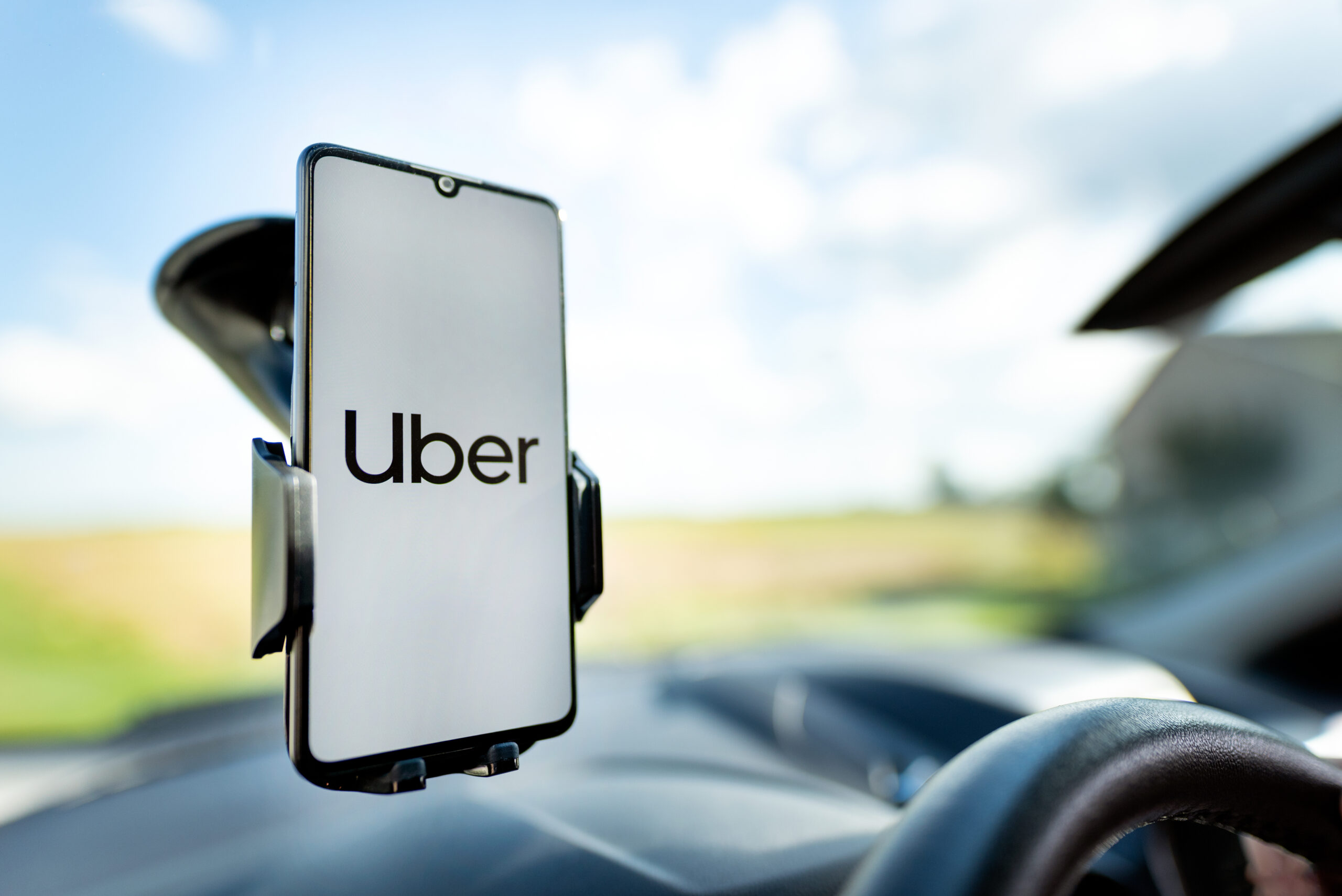
Uber uses dynamic pricing to adjust fares based on the level of demand for their services. During periods of high demand, such as rush hour or during a major event, fares are raised to encourage more drivers to come on the road and meet the increased demand. Conversely, during periods of low demand, fares are lowered to entice more riders to use the service. This helps to ensure that Uber is always able to meet the needs of their customers, while also maximizing their profits.
Another well-known example of dynamic pricing comes from Amazon, the online retailer.
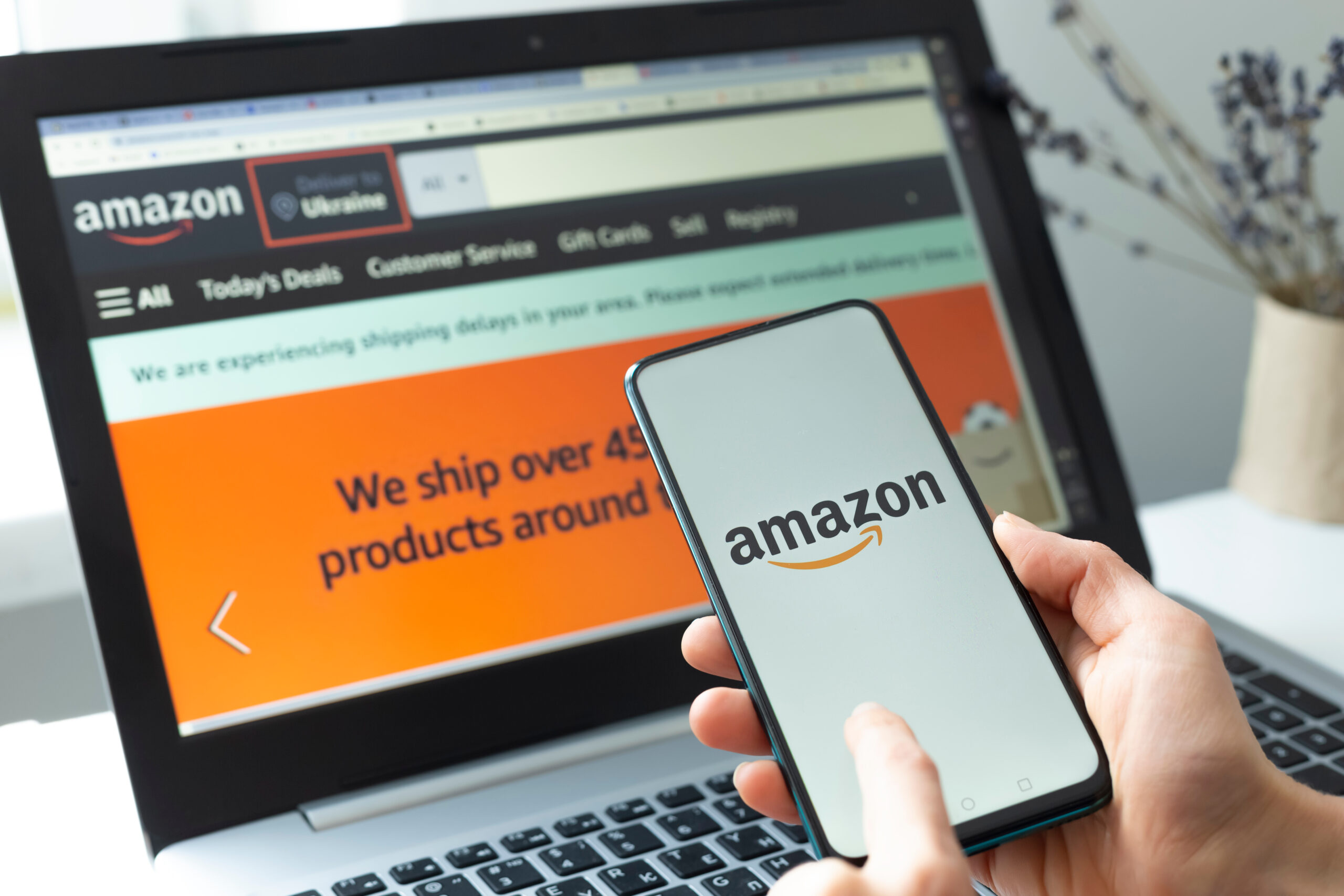
Amazon uses dynamic pricing to adjust prices on their products based on a range of factors, such as demand, supply, and competition. For instance, if a competitor lowers their prices on a particular product, Amazon may adjust their prices to remain competitive. Additionally, Amazon uses dynamic pricing to offer personalized pricing to their customers based on their browsing and purchasing history.
While dynamic pricing has been used in the B2C sector for some time, it is now gaining wider acceptance in the business-to-business B2B sector.
This is due in part to a younger generation of pricing and sales managers who have grown up with technology and online shopping as the norm. These managers are increasingly bringing their knowledge of dynamic pricing and other B2C pricing strategies to their roles in manufacturing, chemical, distribution, and other B2B companies, helping to make dynamic pricing more popular and widespread in these industries.
As technology continues to evolve and customer behavior becomes more complex, dynamic pricing will likely become an even more critical tool for businesses looking to stay ahead of the curve.
5 Famous & Successful Examples of Dynamic Pricing in B2B
As competition increases in the B2B space, businesses are constantly searching for new ways to optimize their pricing strategies, and as we discussed above, dynamic pricing. involving adjusting prices in real-time based on market demand, competitor prices, and other factors to optimize revenue and profits, has become increasingly popular.
Let’s look below at 5 famous examples of dynamic pricing in B2B that your business may be able to draw inspiration from in your research of implementing dynamic pricing for your organization.
1. Amazon Web Services
Amazon Web Services (AWS) is a cloud computing platform that offers on-demand access to computing power, storage, and other services. AWS has been a game-changer in the B2B world by enabling businesses to scale their IT infrastructure without incurring high upfront costs.
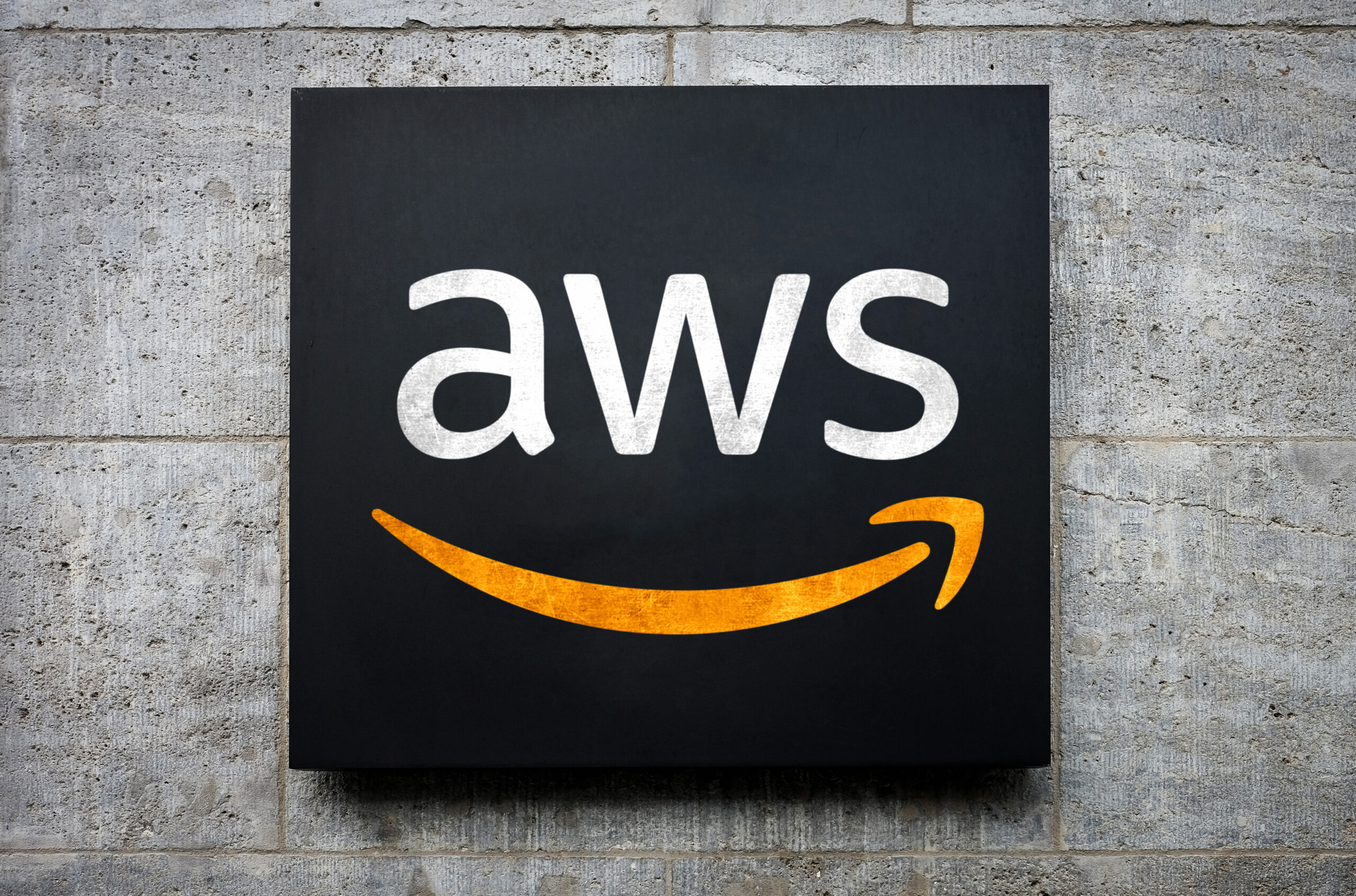
One of the keys to AWS’s success is its dynamic pricing model, which allows customers to pay for only the resources they use. This pay-as-you-go model is highly attractive to businesses that need to scale up or down quickly based on their computing needs.
AWS also offers several pricing tiers based on the level of usage, providing additional cost savings for customers who commit to using the service for an extended period. This pricing model has enabled AWS to become the dominant player in the cloud computing market, with a market share of over 30%.
2. Uber Freight
Uber Freight is a logistics platform that connects shippers and carriers to move freight across North, South and Central America and the European Union.
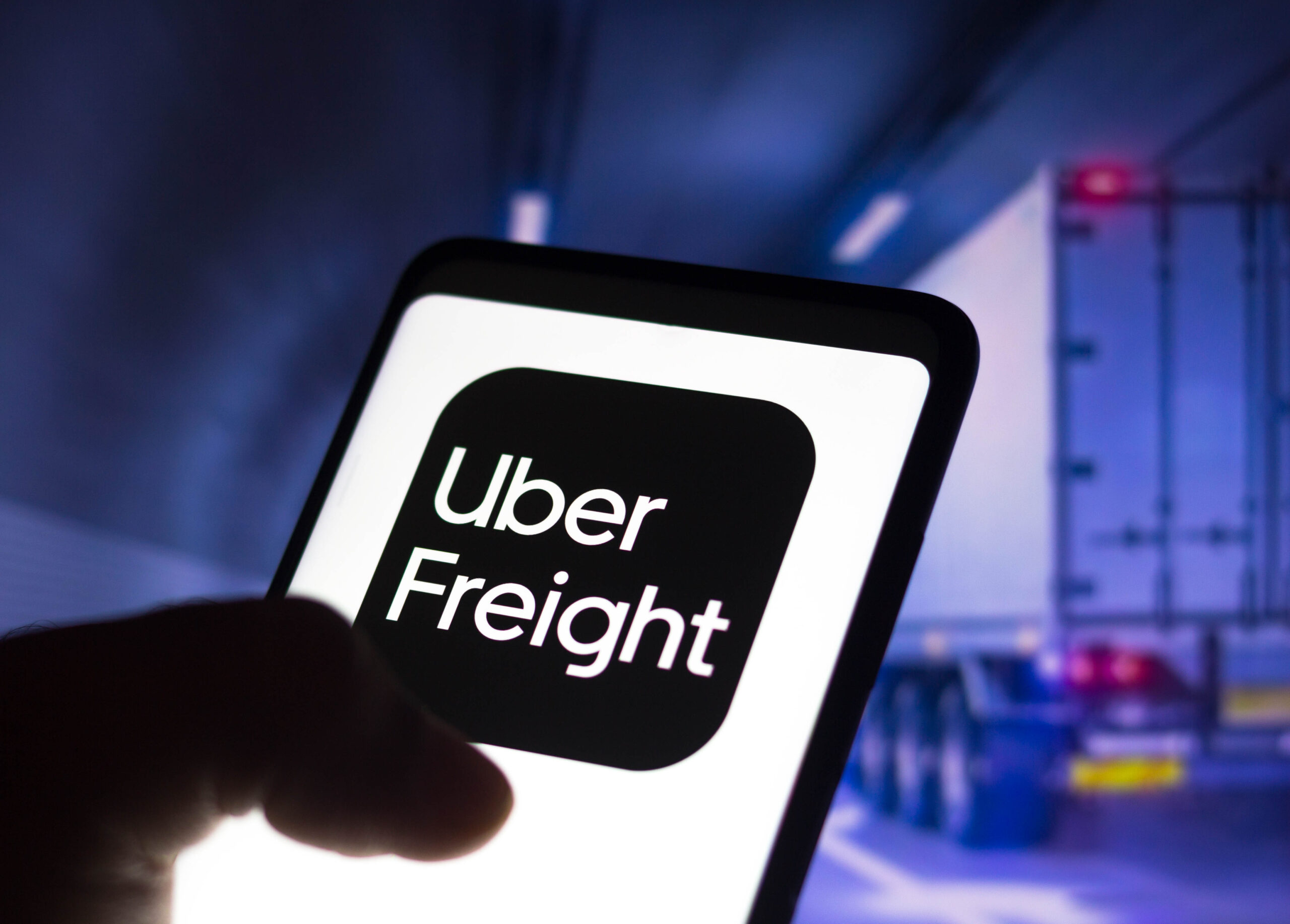
Like its ride-hailing counterpart, Uber Freight uses a dynamic pricing model to match carriers with available loads based on demand.
The platform uses machine learning algorithms to predict demand and adjust prices in real-time. This allows carriers to take advantage of pricing fluctuations and optimize their routes to maximize profits. The dynamic pricing model has been a significant factor in the success of Uber Freight, which has grown rapidly since its launch in 2017.
3. Booking.com for Business
Booking.com for Business is a travel booking platform that allows businesses to book hotels, flights, and other travel services for their employees. The platform uses dynamic pricing to offer businesses the best possible rates based on their travel patterns and booking history.
Booking.com for Business also offers a loyalty program that provides additional discounts and benefits to businesses that book frequently.
This dynamic pricing model has been highly effective in attracting and retaining business customers, with Booking.com for Business reporting a 53% increase in bookings in 2020 compared to the previous year.
4. Salesforce
Salesforce is a customer relationship management (CRM) platform that allows businesses to manage their customer interactions, sales processes, and marketing campaigns. The platform uses dynamic pricing to offer customers a range of pricing plans based on the level of functionality and usage.
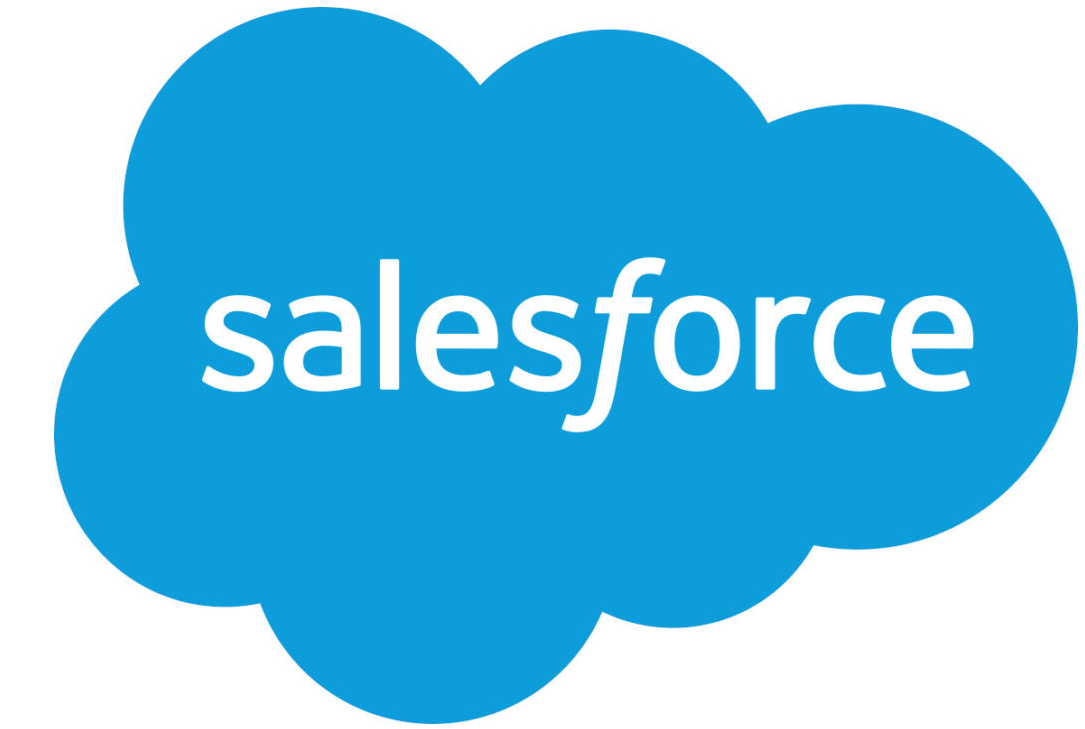
Salesforce also offers flexible billing options, allowing customers to pay monthly or annually and adjust their usage based on their needs.
This dynamic pricing model has been a significant factor in Salesforce’s success, with the company reporting a 26% year-over-year increase in revenue in 2020.
5. General Electric (GE)
Looking at the example of General Electric (GE), it is a multinational manufacturing company that uses dynamic pricing to adjust its pricing strategy based on market demand and competition.
GE offers a wide range of products, from power generation equipment to aviation components. With dynamic pricing, GE can adjust its prices based on a variety of factors, such as the cost of raw materials, the level of competition in the market, and the level of demand for their products. This helps the company to maximize its profits by charging the highest possible prices during periods of high demand, while also ensuring that they remain competitive during periods of low demand.
For example, in the aviation industry, GE uses dynamic pricing to adjust the prices of its jet engines based on market demand.
During periods of high demand, such as when airlines are expanding their fleets, GE may charge higher prices for its engines. However, during periods of low demand, such as during an economic downturn, GE may lower its prices to attract more customers and remain competitive.
How Pricing Software Can Help B2B Companies Implement Dynamic Pricing
Dynamic pricing has become a vital strategy for businesses to remain competitive in today’s fast-paced market. However, managing pricing adjustments manually can be a tedious and error-prone process. This is where pricing software comes in. With pricing software, B2B companies can automate the dynamic pricing process, making it more efficient to adjust prices in real-time based on market conditions.
Pricing software offers several advantages to B2B companies utilizing dynamic pricing. One key advantage is the ability to utilize sophisticated algorithms that consider multiple variables, such as historical sales data, competitor pricing, and customer behavior. This enables businesses to make informed pricing decisions that are optimized for profitability while remaining competitive in the market.
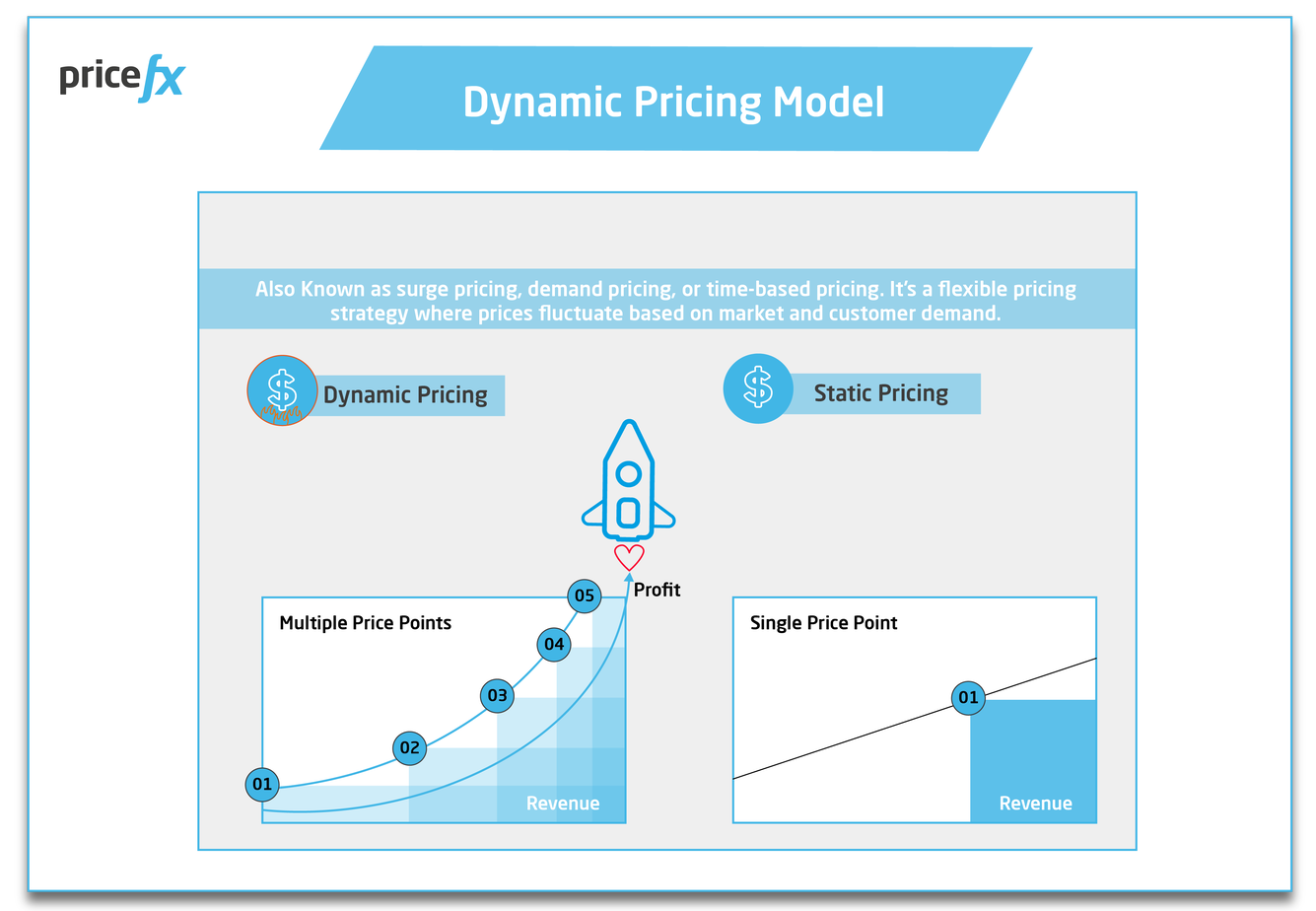
For example, companies like Pricefx can offer award-winning price optimization software that can analyze pricing data in real-time, enabling businesses to quickly adjust prices based on market trends and customer behavior.
Another benefit of pricing software for dynamic pricing is the ability to easily simulate and measure the impact of pricing changes. By conducting simulation analysis, businesses can see the impact of different pricing strategies on profitability based on customer behavior measurements. This helps to reduce the risk of costly pricing errors by allowing businesses to test different pricing scenarios in a simulated environment, enabling them to make data-driven decisions on pricing changes.
Pricing software also helps businesses maintain pricing consistency across different sales channels and geographies. By centralizing pricing data and automating pricing adjustments, businesses can ensure that pricing remains consistent and competitive across different channels, such as online and offline sales, and different geographic regions. This helps to maintain customer trust and loyalty, while optimizing pricing for profitability.
Clearly then, pricing software is a valuable tool for B2B companies utilizing dynamic pricing. By automating the dynamic pricing process, using sophisticated algorithms to make informed pricing decisions, simulating, and measuring the impact of pricing changes, and maintaining pricing consistency across different channels and geographies, businesses can remain competitive and maximize their profits.
To learn more about how a quality pricing software solution can help you implement dynamic pricing (or indeed any pricing strategy at all that may suit your B2B company), check out the handy article below:
Or if you are ready, contact one of the Pricefx pricing software experts today about beginning your pricing software journey towards dynamic pricing today
Happy Pricing!
